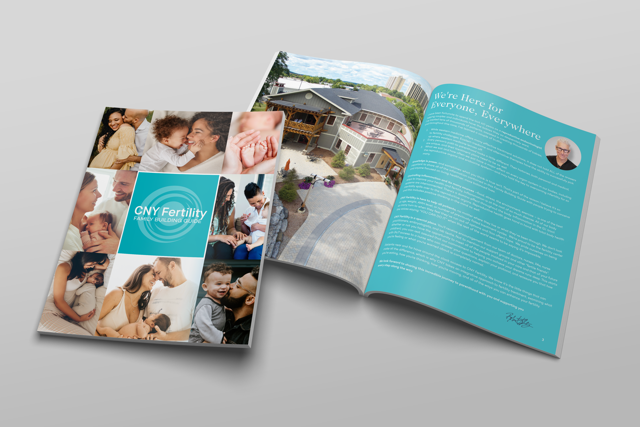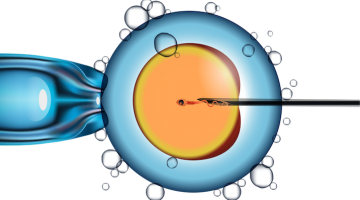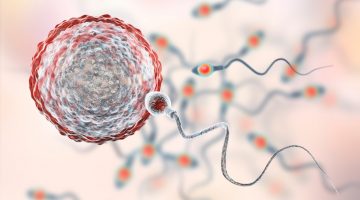Do You Really Need Bed Rest After an Embryo Transfer?

For decades, bed rest after embryo transfer has been routinely recommended as part of IVF recovery.
The idea came from traditional medical advice that rest aids recovery after any procedure. For example, after childbirth, women were once prescribed six weeks of bed rest, until research revealed that this actually increased the risk of deep vein thrombosis (DVT). Though well-intentioned, prolonged inactivity did not produce better outcomes, and it took years to correct this misconception.
Similarly, early IVF protocols once required women to remain on bed rest for up to two weeks following an embryo transfer. In fact, patients weren’t even allowed to stand immediately afterward. They were wheeled to hospital beds and even required to use bedpans rather than walk to the restroom.
While IVF technology has advanced tremendously, some outdated practices have persisted. After more than three decades of research, it’s time to reevaluate whether bed rest after embryo transfer truly helps.
Do You Need Bed Rest After an Embryo Transfer?
Simply put—no. Decades of research have shown that extended rest does not improve pregnancy outcomes after IVF. Let’s review a few key studies that helped shift medical consensus on this topic.
1997 Study: The first major study on bed rest after embryo transfer found no benefit to limiting activity beyond 20 minutes post-transfer. Pregnancy rates were comparable between those who rested and those who resumed normal movement soon after the procedure.
2005 Study: A larger, well-designed prospective study showed that patients who got up immediately after embryo transfer had identical pregnancy rates to those who lay flat for an hour.
2011 Review: A comprehensive review of all published research confirmed there is no advantage to bed rest after embryo transfer. Researchers even suggested that being completely sedentary could be detrimental to outcomes.
Why Bed Rest After Embryo Transfer Isn’t Necessary
The science is clear: inactivity doesn’t help implantation. In fact, bed rest after embryo transfer can do more harm than good.
Prolonged rest combined with elevated estrogen levels can increase the risk of blood clots and insulin resistance. Both of which can restrict the blood flow vital for embryo and fetal development.
In contrast, light activity after your embryo transfer promotes healthy circulation, reduces inflammation, and lowers stress hormone levels. All of which support a healthier uterine environment for implantation.
Activity During Pregnancy: What Research Shows
The misconception that women should limit exercise doesn’t end with embryo transfer. It continues into pregnancy. Fortunately, research and official guidelines have debunked this myth as well.
In 2008, the U.S. Department of Health and Human Services issued recommendations encouraging healthy women to begin or continue moderate aerobic exercise during pregnancy.
This was supported by a study showing measurable benefits for both mother and baby when women remained physically active throughout pregnancy.
Still, cultural habits are hard to change. In one study, even when IVF patients were told by their doctors to remain active, most still limited their daily movement after transfer.
Bed Rest After Embryo Transfer: The Takeaway
When it comes to bed rest after embryo transfer, the best available evidence shows that movement—not immobility—is beneficial. Gentle, everyday activity supports healthy blood flow and hormonal balance without risking implantation.
As IVF continues to evolve, it’s essential that clinical advice evolves too. Outdated recommendations rooted in tradition rather than science can be replaced with evidence-based practices that promote better outcomes and a healthier, more confident start to pregnancy.
To learn more about optimizing your IVF experience or to schedule a consultation, call 844-315-2229 or request a consult here.







